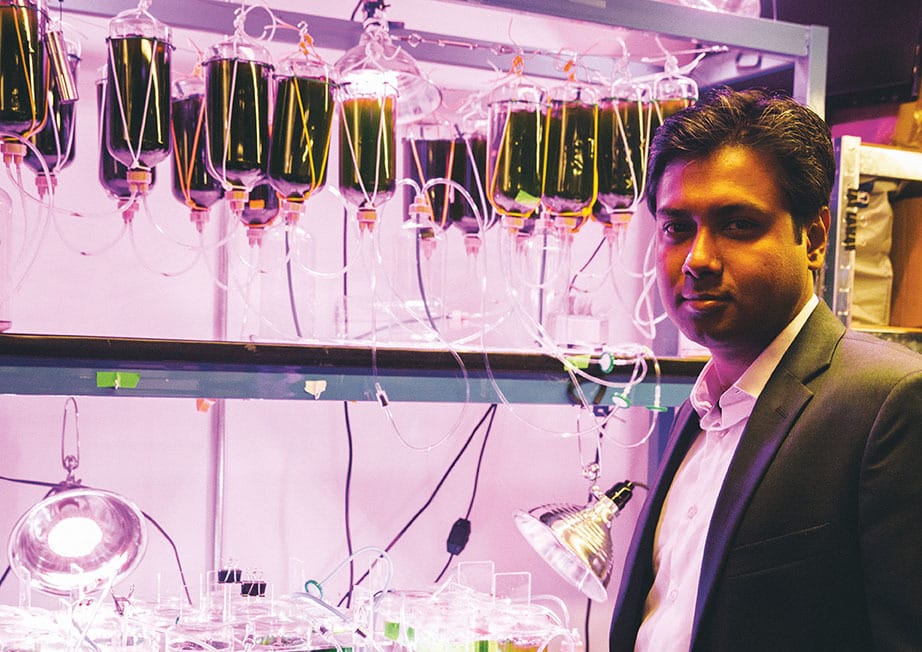
There’s a new frontier in medicine that seeks to cure – not just treat – symptoms by regenerating healthy tissue destroyed by disease.
In the firing line are currently incurable diseases that impose enormous suffering, debilitation and costs. This includes the muscle wasting inflicted by muscular dystrophy, for example, or the loss of brain neural cells in the case of Parkinson’s disease.
It’s the latter that the startup Convalesce Inc is primarily targeting, based on the development of a self-assembling and self-repairing material called AmGel. It contains nanofibres capable of nurturing stem cells to replace damaged nerves – a function that can make or break the use of stem cells therapeutically.
“To get all the interacting factors right meant drawing on nanotechnology, bioengineering, cell biology, developmental biology and material science – super-advanced stuff.”
AmGel’s development and commercialisation, however, owes a great deal to a new model for producing the next generation of innovators – in this case, Convalesce’s co-founder, Dr Subhadeep Das.
He graduated with a PhD in 2017 from an academy specifically established to use advanced multidisciplinary research techniques to address critical global challenges, including in energy, infrastructure and manufacturing. Called the IITB-Monash Research Academy, it’s a joint venture between the Indian Institute of Technology Bombay (IITB) and Monash University.
Speaking from the prestigious IndieBio accelerator program in San Francisco, Das explains that stem cell technology perfectly fits the academy’s mission. These are cells that are potentially game-changing for medicine, yet their use is held back by the cell’s complex relationship to its molecular, cellular and extra-cellular environment.
“You can’t just inject stem cells into inflamed and damaged tissue. They don’t survive in that micro environment,” Das says. “The solution requires drawing on multiple disciplines – like having smaller pieces for a jigsaw puzzle.”
For Parkinson’s disease, that involves understanding the biophysicality of the brain – and the dimensions and topography of its subcellular structures. This has led to the designing of nanofibres that form a scaffold for stem cells to attach and grow into. This matrix also cues stem cell growth and development into functioning nerve cells.
“To get all the interacting factors right meant drawing on nanotechnology, bioengineering, cell biology, developmental biology and material science – super-advanced stuff,” Das says.
The science, however, is just the first step towards a cure. Convalesce constitutes the second phase – meeting the testing, regulatory and commercialisation hurdles needed to get a viable therapy to patients.
A learning curve
Das admits the learning curve has been steep in the segue from research to commercialisation. Working alone, he might not have succeeded.
Instead, he took advantage of ongoing support provided by the IITB-Monash Research Academy, including the provision of exclusive rights to the intellectual property for AmGel, and mentoring from across both universities, especially from the academy’s CEO, Professor Murali Sastry.
He discovered that while starting a company is tough, there are people who are willing to help if you reach out. It’s making the connections in the first place that matters.
“On that score, the Monash alumni office do a great job. They provided us with introductions to alumni that included highly successful entrepreneurs and heads of venture firms. These are people who are willing to help because of the connection with Monash University.”





